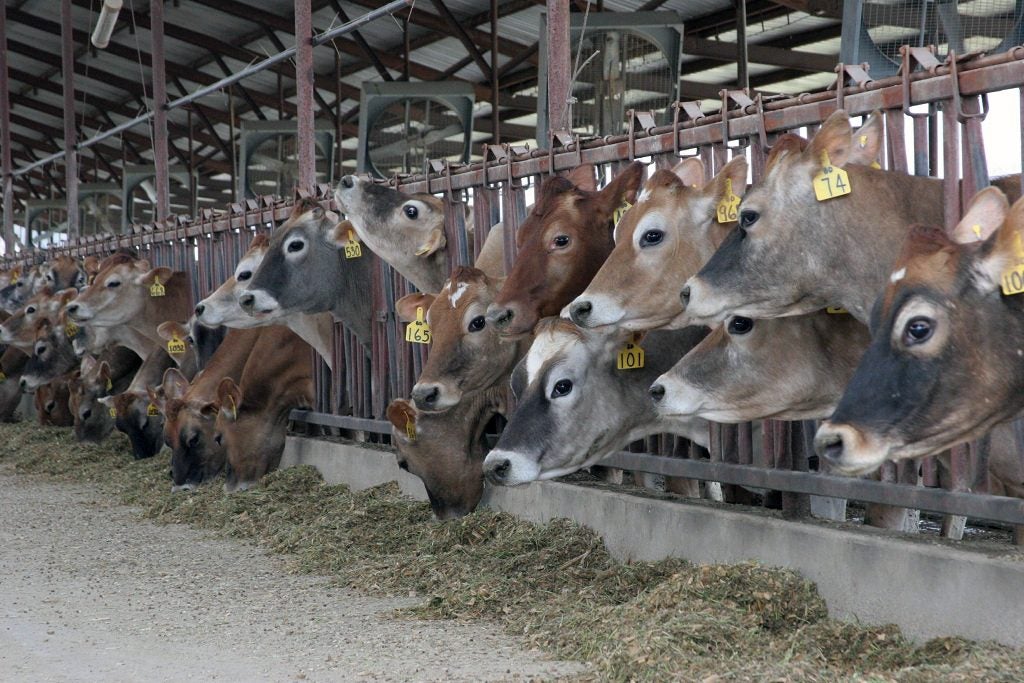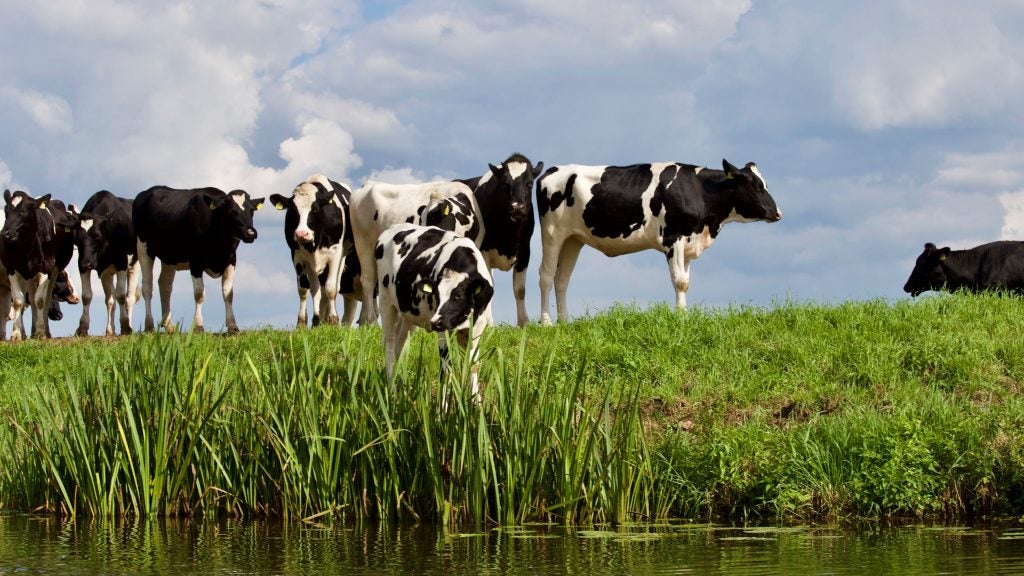Four ways conservation pays for dairy farmers, even in a weak agricultural economy
The dairy industry is a critical part of the landscape, economy and social fabric of Pennsylvania and the Chesapeake Bay. But it’s under stress.
Dairy is in the fourth year of an economic downturn in which many farmers have struggled to break even. Dairy farmers in Pennsylvania and across the U.S. are highly motivated to increase their resilience to unfavorable economic and environmental conditions, including highly variable milk and feed prices, unpredictable farm policies and extreme weather – most notably increased heavy rain events and flooding.

Most of these factors are out of farmers’ control, but conservation is something farmers can be sure of.
That’s what my colleagues and I concluded after digging into the budgets of four Pennsylvania dairy farmers in our new report: How conservation makes dairy farms more resilient, especially in a lean agricultural economy. The report shows how a variety of conservation practices can deliver multiple returns on investment that simultaneously benefit the farm budget and the local environment.
Here are our four key findings:
1. Conservation practices can pay, often in unanticipated ways.
Dairy farmers who adopt conservation practices including manure storage, nutrient management, cover crops, conservation tillage and stream fencing realize a variety of financial benefits including reduced labor hours, savings on external feed and bedding, and lower vet bills due to improved herd health.
Too often, though, these economic benefits are not recognized or quantified because farmers’ recordkeeping tools aren’t set up to easily connect agronomic and financial sides of the business.
2. Economic gains come at the farm level.
Farmers, their advisers and other stakeholders often take too narrow a view of the costs and benefits of conservation – looking at a single practice for a single year – which means they miss a large part of the picture. Presented this way, much of the economic value is hidden.
The real value becomes apparent when farmers see the economics of conservation within the context of their entire operation and tallied over multiple years. That’s because farming is an interconnected system, so a change in one practice can affect many outcomes. By looking at conservation in the context of overall farm budgets, farmers can see the impacts on yield, herd health, input costs, labor costs and more, and understand how combinations of practices have a larger positive impact than expected based on the individual impact. New report shows how a variety of conservation practices can deliver multiple returns on investment that simultaneously benefit the farm budget and the local environment. Share on X
3. Accurate recordkeeping typically results in better management.
Accurate and frequent recordkeeping for both economic and conservation measures is essential for dairy farmers to understand their farm’s economic status – whether profitable or not – and to assess the return on investment for conservation practices.
The volatile ag economy makes it even more important to keep excellent records, identify opportunities to improve efficiency and avoid loss, and leverage conservation to improve yield resilience in the face of unpredictable weather.
4. Investments in conservation have increasing returns.
Finally, our analysis found that farmers who have access to additional financial assistance for conservation through cost share programs and grants are typically able to make larger investments in practices that achieve even greater economic and environmental benefits.
Increasing financial support for farmers through government programs, tax incentives and other innovative financing strategies is an important next step to making the dairy industry more resilient in the face of economic and environmental pressures.

Sustaining dairy farms for generations to come
For too many farmers, looking beyond the year at hand is difficult if not almost impossible, which puts the long-term benefits of conservation out of reach. To help overcome these challenges, our report offers specific recommendations for increasing educational, technical and financial resources for farmers to make conservation practice adoption more viable – both in Pennsylvania and beyond.
Being a farmer isn’t just about the job or the business – it’s about heritage and culture. Sustaining the dairy way of life – the economy and the environment – is essential for sustaining the cultural fabric of this region and other places where dairy is a significant part of the community and landscape.
It’s my hope that this report will help dairy farmers and other producers sustain their way of life for generations to come.












